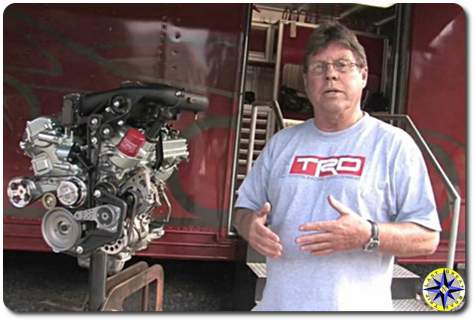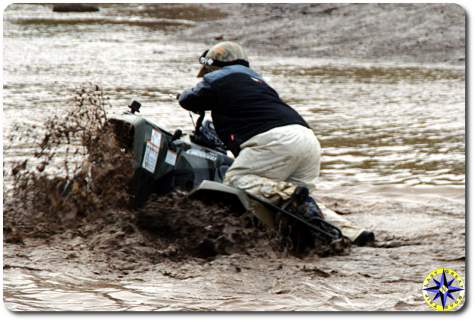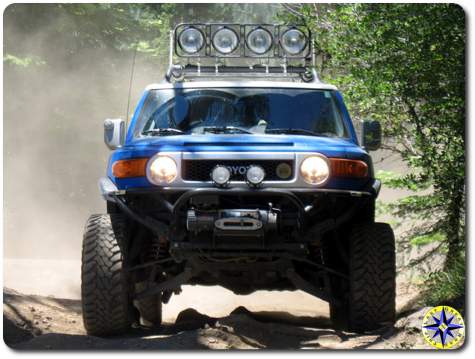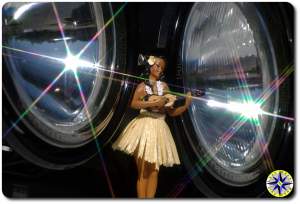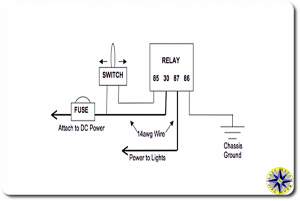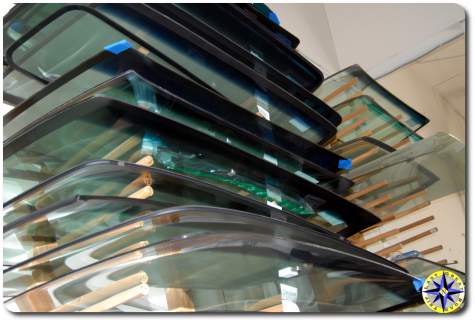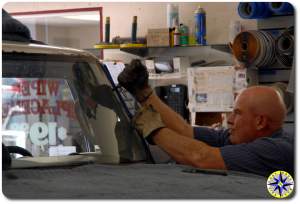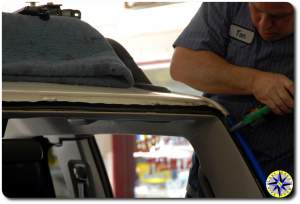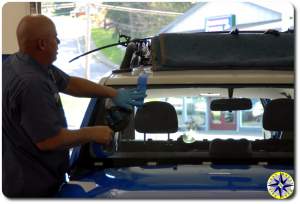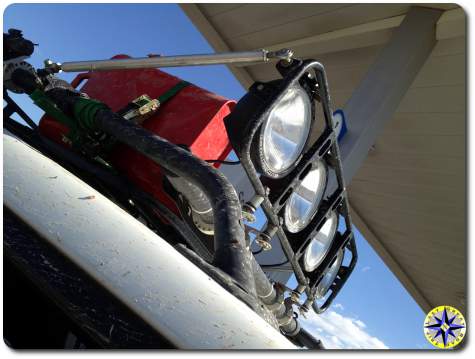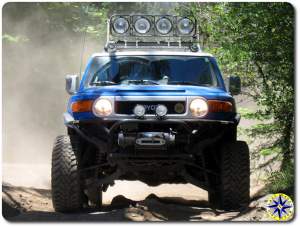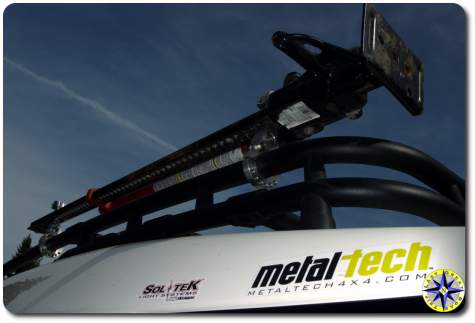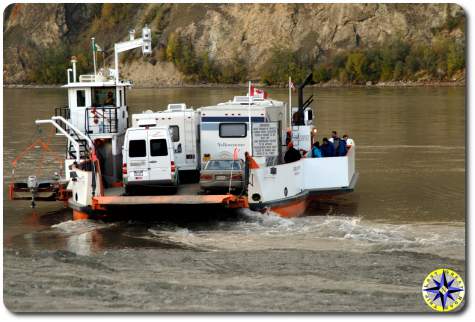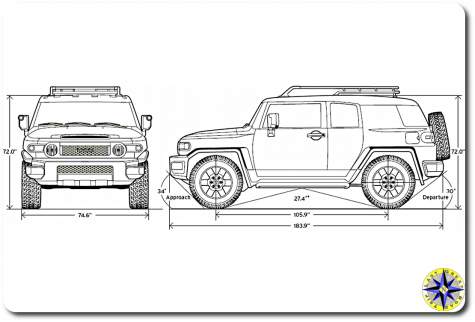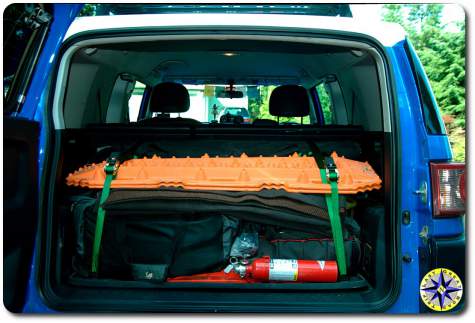So you’ve got your great adventure driving through Chile all planned out. You’ve tuned up your rig, dug up all your gear, and mapped out your route. Now you’ve just got one minor problem: that big red dot marked “START” on your map is at the foot of the Andes, while your rig is getting the neighbor kid’s basketball bounced off of it in your driveway in Hoboken. Getting your vehicle to your launch point can be a challenging task, but given the proper time, preparation, and precaution, this process doesn’t have to be such an adventure.
Before you even start to look at how you are going to get your rig to that big red dot, you should make sure that doing so is actually feasible. Every country is going to have its own vehicle standards and import regulations. A good starting point when researching these issues is the State Department’s list of Web Sites of Foreign Embassies in the U.S. These usually have links to the relevant regulatory entities in each country. Make sure that your vehicle will be street legal and that you will have the resources and parts to make repairs.
By Land
So now you’ve done a little homework, and it is time to figure our how you are actually going to get your trusty rig to the origin. Your adventurous instinct might tempt you to just pick up and drive all the way to Chile, but chances are that time, money, and your spouse may push you to look for other options. Travel can get expensive, and every border you cross could present you with any number of surprises. If you get delayed, you might not make it in time to complete your Chilean quest.
If you aren’t going to move your vehicle from behind the wheel, you are probably going to be looking at paying someone to do it for you with some combination of land and sea transport. This is where advance planning is going to be critical. The more flexible you can be with your time-frame, the more affordable shipping should be. If you are lucky enough to live on the coast, you should be able to save some time and money by getting your rig to the docks yourself. Otherwise, you are looking at some domestic shipping, which in itself could require about a month of advance planning. Some international shippers will be able to cover this domestic leg of the trip as well, and this consolidation of services can simplify the process considerably.
By Sea
Your vehicle will likely spend the maritime portion of its voyage in an enormous box shipping container with other vehicles. If you are extremely protective of your rig, you may want to shell out some extra cash for a private container. One other high-end option is a cruise ferry. This is essentially a combination of a roll-on/roll-off (RORO) freight ship and a luxury cruise liner. In addition to a steep price, this option also may leave you with little flexibility regarding timing and destinations. As an advantage, however, this option also moves something else you will need on your trip: you! If you can swing the cash, you’ll be able to ride in style.
There are any number of companies that provide international auto transport. When choosing a shipping carrier, make sure to do some research to ensure that they are a reputable company with the necessary registrations and licenses. Find out what parts of the customs process they can handle for you. Shipping brokerages and auction sites can be useful in finding the right shipper for your needs.
You can save yourself a lot of hassle by starting your trek from your incoming foreign port. If your origin is landlocked, however, you may need to secure shipping within a foreign country. The difficulty of this task depends a lot upon the level of development in that country and your comfort with the foreign language. In more developed areas, you may be able to arrange something online, but in a developing nation, you might have to make some arrangements in person.
By Any Means Necessary
If all this sounds a bit too daunting, don’t be afraid to get creative. Does it make more financial or logistical sense to purchase a new or used vehicle at the origin? Maybe you can find a fellow adventurer that already has a vehicle on location. Perhaps you could trek together or use the vehicle when they are done and split the cost of shipping. Find some adventure forums and see what other travelers have done.
Don’t let getting there be the whole battle. Plan ahead and work within your means. You’ll be chugging along towards that “FINISH” dot before you know it.
Written by Adam Greenspan of uShip, an auction-style marketplace for Auto Transport.
